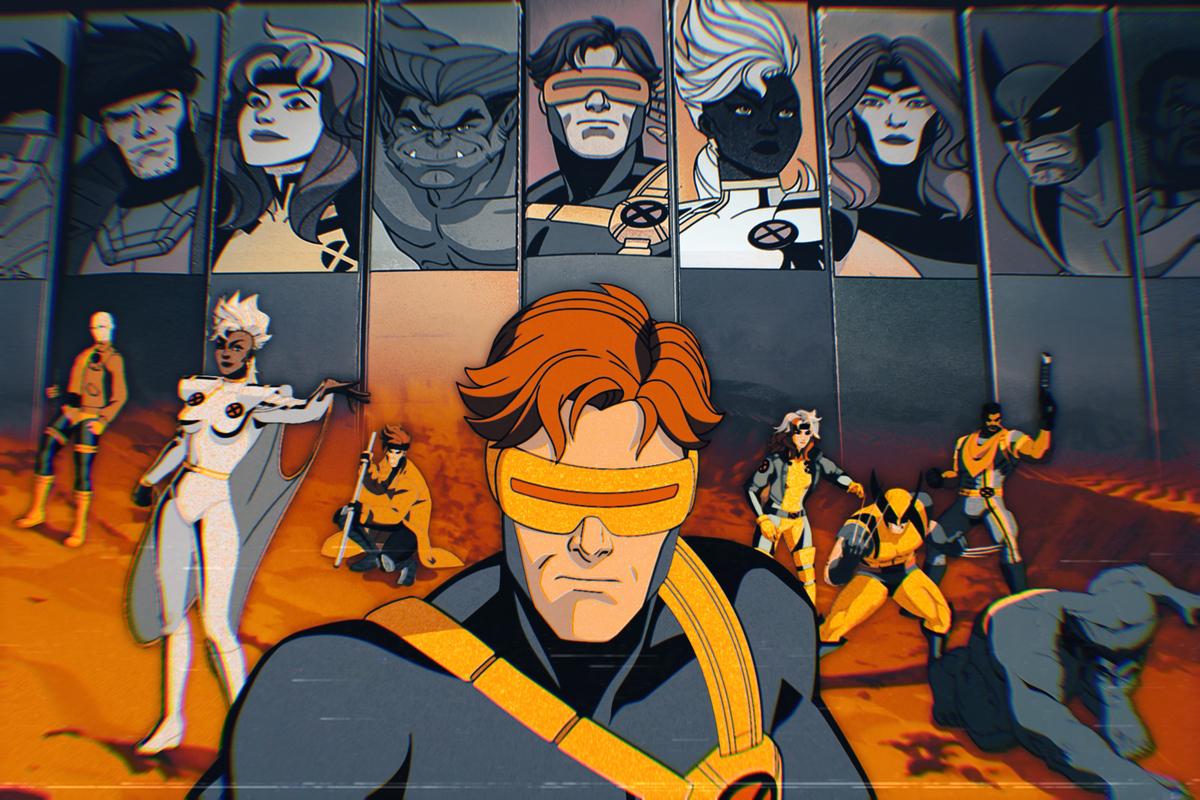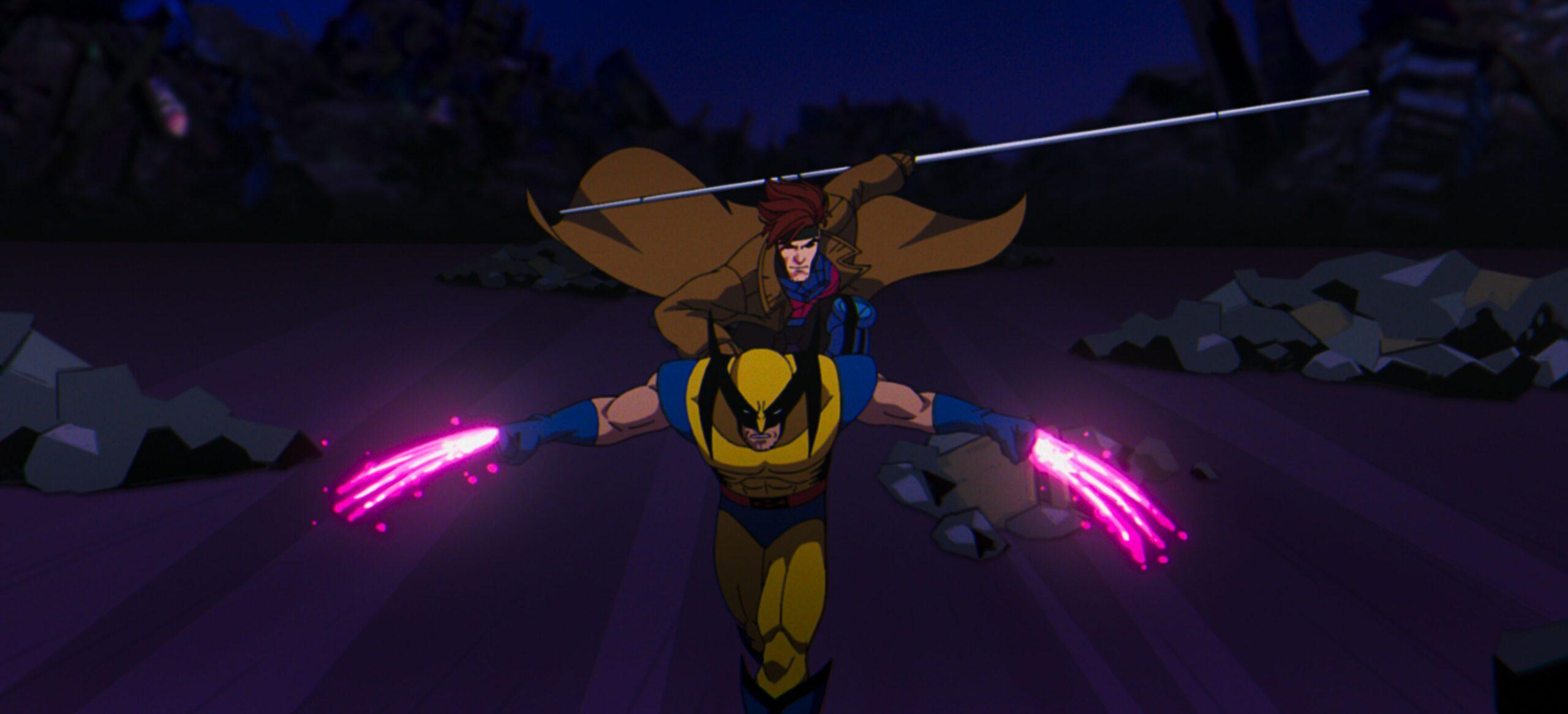

The 76-episode run of X-Men: The Animated Series ends on a bittersweet note. In the 1997 series finale, “Graduation Day,” Professor Charles Xavier is nearly killed by Henry Gyrich. His only chance to be saved is distant alien technology, so he leaves Earth and his beloved X-Men to travel to the far reaches of space. The episode ends with a touching farewell between Xavier and his students (along with Xavier’s longtime frenemy Magneto), but it’s also an abrupt cliff-hanger conclusion to a story that had plenty of mileage remaining. Xavier’s fate is unresolved, and his dream of mutant-human coexistence is left for his X-Men to make a reality.
X-Men: TAS had already outlived its original expiration date. The iconic series was supposed to end after 65 episodes that culminated in a four-part story arc in the fourth season featuring the return of the series’ biggest villains. The show’s strong ratings and critical acclaim earned it extra runway, but the fifth and final season suffered a noticeable decline in quality as cheaper animation houses took over production due to budgetary constraints stemming from Marvel Entertainment’s bankruptcy. Yet X-Men: TAS still paved the way for 20th Century Fox’s live-action X-Men film in 2000 and the superhero blockbuster boom that followed. Without the successful Saturday morning cartoon, the Marvel Cinematic Universe likely would have never existed.
More than 25 years after “Graduation Day” first aired on Fox Kids, X-Men ’97 has arrived on Disney+ to pick up where X-Men: TAS left off. The first two episodes of the new animated series premiered on Wednesday, with the remainder of the 10-episode season set to follow a weekly release schedule. Created by Beau DeMayo, X-Men ’97 features many of the original series’ voice actors in either the same or new roles, as well as the return of a trio of creatives—showrunner Eric Lewald, writer Julia Lewald, and director Larry Houston—as consultants to a new generation of creators who grew up watching their work. (Most notably DeMayo, who was fired by Marvel Studios just weeks before the show’s premiere, for reasons that have yet to be publicized.) Through this calculated mixture of voices old and new, X-Men ’97 recaptures the spirit of X-Men: TAS while imbuing it with fresh ideas that bring it into the 21st century.
The series premiere, “To Me, My X-Men,” establishes X-Men ’97’s delicate blend of nostalgia-fueled fan service and a distinctive identity that can stand on its own for a new generation of viewers. A year has passed since Xavier’s tearful goodbye to his X-Men, and the ongoing conflict between humans and mutants has only intensified. Xavier is presumed dead, Jean Grey and Cyclops are expecting a child, and anti-mutant humans are ramping up their methods to level the playing field in the evolutionary war. The series premiere reintroduces familiar antagonists from X-Men: TAS such as the Friends of Humanity, who have acquired new technology to hunt down mutants, as well as the imprisoned Gyrich, Bolivar Trask and his robot Sentinels, and another Master Mold to boot. Most important of all, Magneto appears at Xavier’s school in the final moments of “To Me, My X-Men” to reveal Xavier’s last will and testament, in which he entrusted his school, his fortune, and even his heroic team to Magneto’s hands.
Aside from the updated version of the original show’s iconic introduction and theme song, what immediately stands out is X-Men ’97’s new animation style. The sequel series retains much of the look and feel of the original’s world and character designs, but the new animation shines in the show’s impressive action sequences, which are more dynamic and fluid than their predecessors. While part of that improvement flows from the advances in animation technology in the 30-plus years since X-Men: TAS premiered in 1992, the more integral reason is that the production of the new series wasn’t limited to the tight budgets and deadlines that X-Men: TAS had to overcome. As Houston recently told Variety: “When we did our show, we did the best we could with the money we had. But this current show, they’ve got Disney money. Disney money makes stuff really good.”
In the first two episodes, X-Men ’97 also innovates by deploying the X-Men’s familiar abilities in creative and refreshing ways. Cyclops uses the force of his optic blasts to alter his momentum, allowing him to slide his entire body to avoid his enemies or brace himself in falls from great heights. Storm’s weather-controlling powers are conveyed more vividly than ever before on-screen, showcasing her near-limitless potential as one of the most powerful mutants on the planet. (And she still dramatically narrates all of her moves in advance, too.) Morph seamlessly transforms mid-combat into various heroes and villains, including the Blob, Colossus, and Psylocke, producing a confluence of crowd-pleasing fan service and practicality. Gambit charges Wolverine’s adamantium claws with his kinetic energy for an inspired and devastating combination.

There are also characters who are new to the series, such as Roberto da Costa (a.k.a. Sunspot), whose introduction to the X-Men parallels Jubilee’s experience in X-Men: TAS: Both are rebellious but unsure teenagers who are still discovering the nature of their powers. And there’s baby Nathan Summers, whose birth in Episode 2, “Mutant Liberation Begins,” sets up his evolution into the time-traveling mutant Cable, who was a recurring character in the original series (and who was portrayed by Josh Brolin in Fox’s live-action Deadpool 2).
For all that is new and different in X-Men ’97, the series is shaping up to be a strong revival thanks in large part to how closely it follows the playbook of its predecessors. According to Variety, director Jake Castorena used some of Houston’s original storyboards during the production process, allowing the new series to include scenes that had previously been cut. And, crucially, X-Men ’97 is following the same model of adapting—and sometimes refining—story lines and character designs from the comics, pulling from decades of new source material. “Mutant Liberation Begins” loosely adapts the “Trial of Magneto” story arc from Uncanny X-Men no. 200, even borrowing Magneto’s sleeveless purple ’fit, and works in plot points from earlier comics that introduced the loss of Storm’s powers. As the second episode ends, a distressed Jean Grey doppelgänger arrives at the doorstep of the X-Mansion, signaling the start of another famous arc that has sinister implications for the episodes to come.
Given the pivotal role that X-Men: TAS played as a game changer for Marvel at a time when the company was struggling financially and superheroes were still relegated to the fringes of popular culture, X-Men ’97 was never going to be able to match the outsized impact of its forerunner. But the new series doesn’t have to. Through its first two episodes, X-Men ’97 has proved itself to be more than worthy of continuing the original series’ unfinished story and building on its legacy in an era when superheroes are ubiquitous. As Marvel Studios gears up to finally bring the X-Men back to life on the big screen in an MCU incarnation, it has wisely retraced the path to success that Fox followed when it first expanded the popularity of Xavier’s School for Gifted Youngsters. In its sandbox outside the MCU’s Sacred Timeline, X-Men ’97 honors the legendary superhero team’s past while making room for its future.


